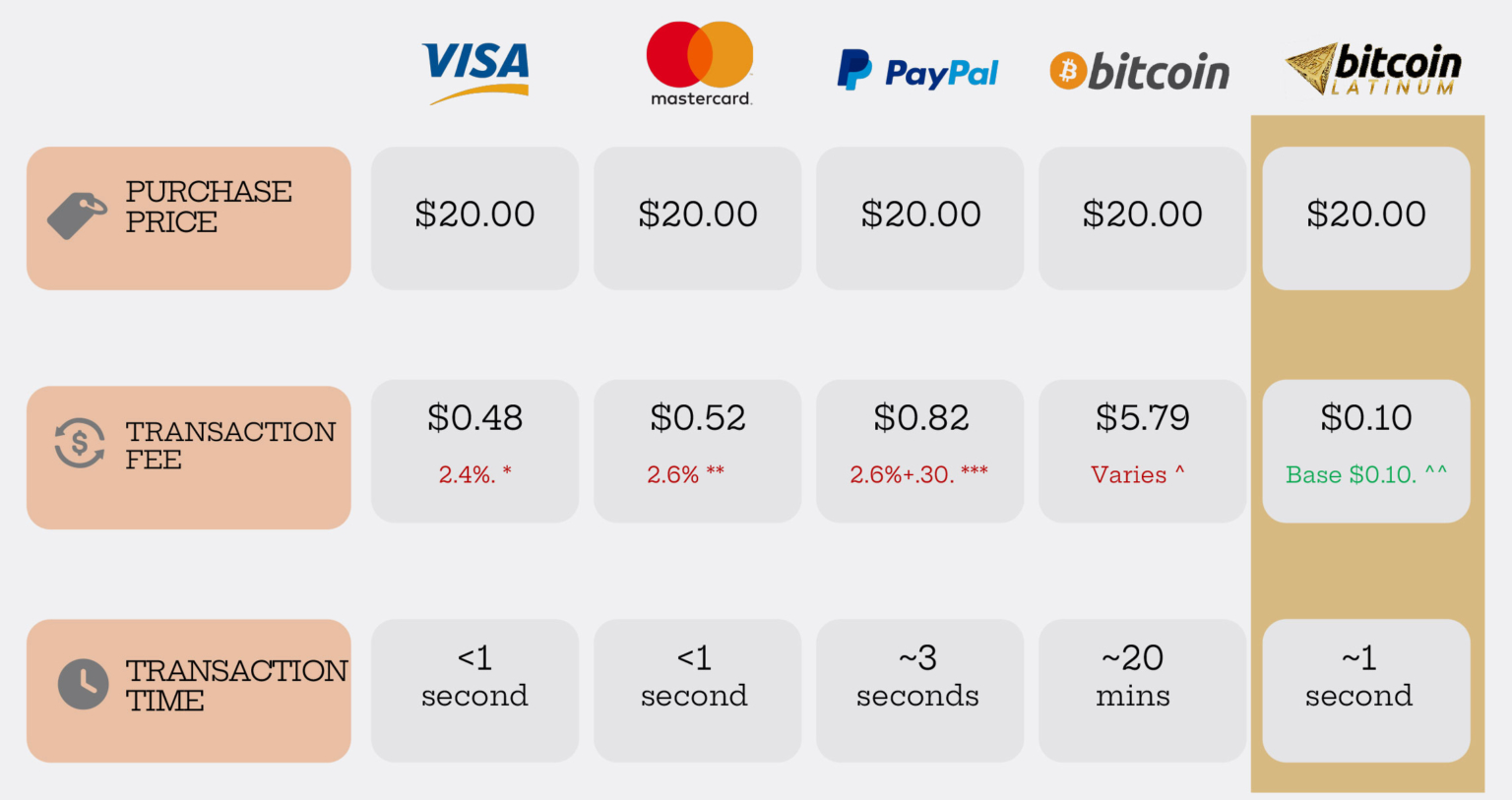

You can either think of it as goodwill or a bonus for the client and just let it slide, or you can find ways to make up for these costs, depending on how you’re handling your business: The majority of clients likely don’t even think about these expenses because they’ve never been communicated.
#PAYPAL FEES PROFESSIONAL#
The Big Question: Do You Bill These Fees?Ĭlients that automatically cover these fees are usually rare and a lot of it has to do with how you position yourself at the beginning of the professional relationship. With multiple clients comes a lot of back and forth between these two tables, but it’s a piece of cake once you go through a few calculations. In that case, just convert the figure into your main currency to approximate the total fee. International payments are just a little bit more complicated due to the possibility of the client’s country entailing a fixed fee with a different currency. If the client were international, the equation would be 3.9% (the transaction fee for international payments) + the relevant fixed fee (according to the client’s country). The final tally would be $34.3, as 3.4% of $1,000 is $34 and then add the $0.30 fixed fee. As the client is also from the U.S., that makes the fixed fee $0.30. When receiving Commercial Payments, the buyer’s country also plays a role as fees vary on a per country basis. Next, you need to take a quick glance at the Fixed Fee table: First, when you look at PayPal’s table for different countries and regions, you’ll see that you have to pay a 3.4% transaction fee: Let’s say your monthly bill is $1,000 (a nice, round figure to make calculations easy) and you’re receiving it in the United States from a local company. PayPal has extraordinarily unorganized tables for these fees, which you’ll see in just a moment. X.x% + fixed fee = total fee you have to payįor both domestic and international payments, the fixed fee remains the same, while the transaction percentage is slightly higher for international payments. The fee structure is a combination of a transaction percentage and a fixed currency fee. PayPal classifies Commercial Payment as any payment for the sale of goods or service or any payment sent to or received by a business or other commercial or non-profit entity. Since the relationship between you and a client is that of the buyer-seller variety, PayPal treats you as the seller in this case, so a Commercial Payments fee will apply. However, if you live in a country that doesn’t have a dedicated local page (like mine), then you need to go through the legal agreements, most notably the User Agreement for PayPal Services and find the information there.Īs a freelancer, the company charges fees when you receive money in return for the service provided. In any case, the fees page does its best to explain various fees and instances when they’re applied. For instance, the fees page was last updated two weeks from the time of writing, so being lazy can cost you money. Plus, it’s questionable how often they’re updated as PayPal is constantly revising its policies to keep up with changing regulations and compliances. These support domestic and international fees, but most only calculate for the U.S., not other countries. In reality, PayPal is far from transparent and user-friendly when it comes to fees, and there are multiple sources on its website you need to consult just to be sure.īefore you think to yourself there’s a better way, let me just state the obvious: Yes, there are various PayPal fee calculators out there that can quickly determine fees when sending or receiving money through the platform.

PayPal fees are always fair… At least that’s what it says on the PayPal fees page.
#PAYPAL FEES HOW TO#
When you want to invoice a client, it pays to know how to calculate them. PayPal’s fees are among the highest in the industry, especially for international transactions. However, one aspect where it doesn’t get many points is fees. Despite some viable PayPal alternatives, most turn to it because of its simplicity of use, convenience, global recognition, and security. As a freelancer, being a part of this fairly new economy means dealing with multiple clients and billing them for your work.Īs the most popular payment processor in the world for online businesses, PayPal is usually the go-to choice for sending and receiving payments. Organizations both big and small can leverage freelancers with multiple skills for a more affordable price than the cost of a single worker. The freelancing model has seen a huge expansion in recent years, and rightly so. How PayPal Fees Work The Equation The Big Question: Do You Bill These Fees? Be Upfront About Your Fees


 0 kommentar(er)
0 kommentar(er)
